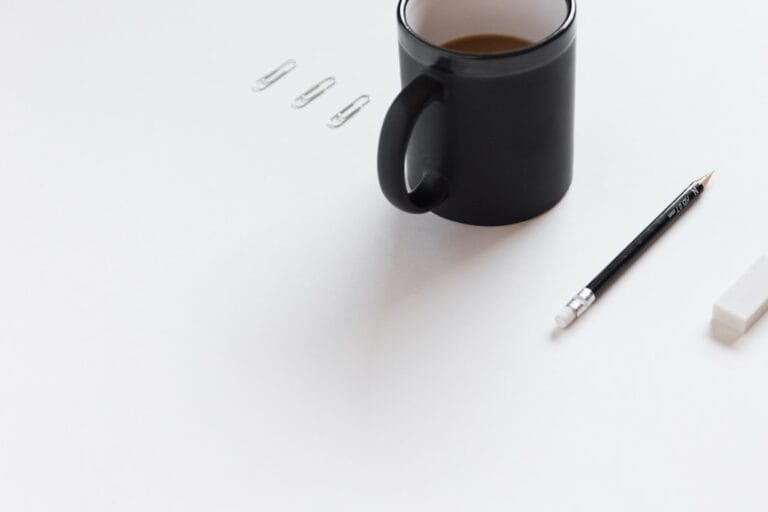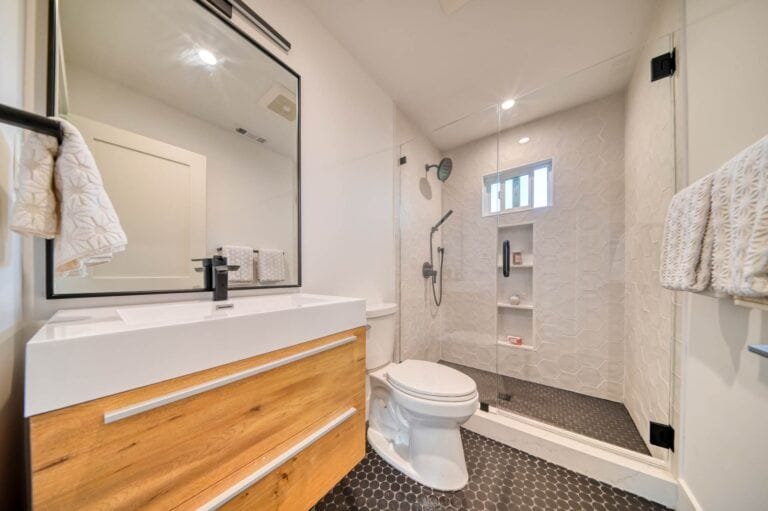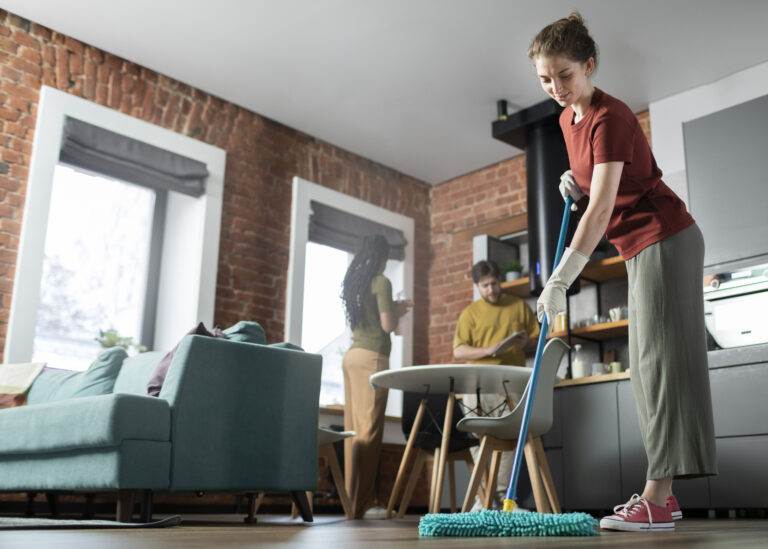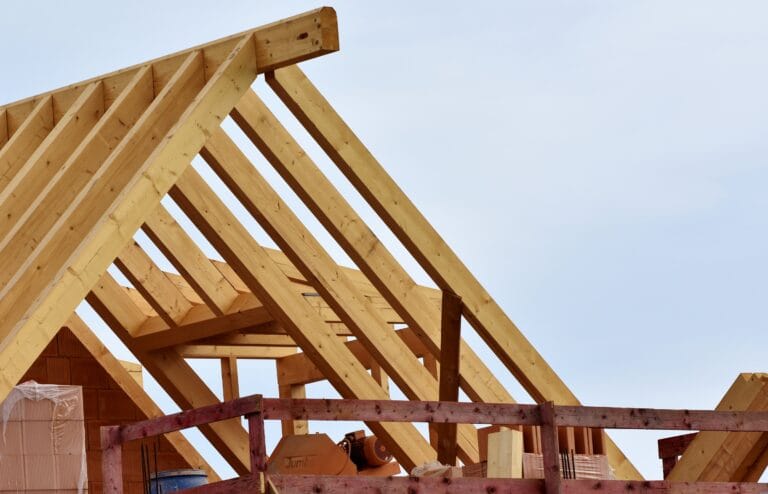Final cleaning in construction is a critical step that ensures a project is not only visually appealing but also ready for occupancy. This phase of cleaning goes beyond mere aesthetics; it plays a vital role in the overall quality and safety of the finished space. A thorough final cleaning removes dust, debris, and any construction-related residues that could pose health risks to future occupants.
It also enhances the overall impression of the property, making it more attractive to potential buyers or tenants. A clean environment reflects professionalism and attention to detail, which can significantly impact the reputation of builders and property managers. Moreover, final cleaning is essential for preparing the space for inspections and walkthroughs.
Inspectors and clients alike will scrutinize the cleanliness of a site, and any oversight can lead to delays in project approval or even financial penalties. A well-executed final cleaning demonstrates a commitment to quality and can facilitate a smoother transition from construction to occupancy. In essence, final cleaning is not just an afterthought; it is an integral part of the construction process that can influence the success of a project.
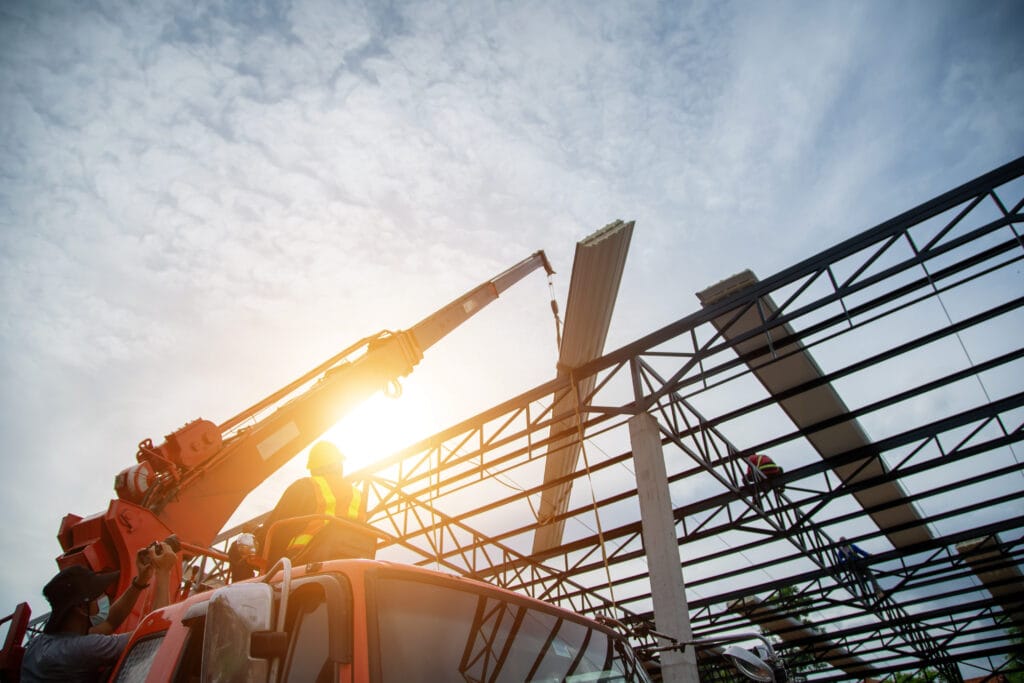
Key Takeaways
- Final cleaning is crucial in construction to ensure a safe and presentable turnover of the project to the client.
- Steps to prepare a jobsite for turnover include removing construction debris, dusting and wiping surfaces, and ensuring all equipment is in working order.
- Tools and equipment needed for final cleaning may include vacuum cleaners, mops, buckets, cleaning solutions, and safety gear such as gloves and goggles.
- Safety precautions for final cleaning involve wearing appropriate personal protective equipment, using ladders and scaffolding safely, and following proper chemical handling procedures.
- A cleaning checklist for builders may include tasks such as cleaning windows, floors, and fixtures, removing stickers and labels, and ensuring proper disposal of waste materials.
Steps to Prepare a Jobsite for Turnover
Preparing a jobsite for turnover involves several systematic steps that ensure everything is in order before the final cleaning begins. The first step is to conduct a thorough inspection of the site to identify any remaining construction debris or unfinished work. This inspection should include checking all areas, including corners, ceilings, and hidden spaces where dust and debris may accumulate.
Once identified, these areas should be addressed by the construction team to ensure they are ready for cleaning. After the initial inspection, it is crucial to remove any large debris or leftover materials from the site. This includes disposing of construction waste, excess materials, and any items that are no longer needed.
Clearing the space not only makes the cleaning process more efficient but also allows cleaners to access all surfaces without obstruction. Following this, it is advisable to communicate with all stakeholders involved in the project, including subcontractors and property managers, to confirm that all tasks have been completed and that the site is ready for final cleaning.
Tools and Equipment Needed for Final Cleaning
Having the right tools and equipment is essential for effective final cleaning in construction. A comprehensive toolkit typically includes vacuum cleaners with HEPA filters, mops, brooms, dusters, and microfiber cloths. HEPA vacuum cleaners are particularly important as they can capture fine dust particles that may be harmful if inhaled.
Additionally, using microfiber cloths helps trap dust and dirt more effectively than traditional rags, ensuring a thorough clean. In addition to basic cleaning tools, specialized equipment may be necessary depending on the specific requirements of the jobsite. For instance, pressure washers can be useful for exterior cleaning tasks, while floor scrubbers may be needed for large surface areas.
It’s also important to have access to biodegradable cleaners that are safe for both the environment and human health. These eco-friendly products not only ensure a deep clean but also align with sustainable practices that many builders and property managers prioritize today.
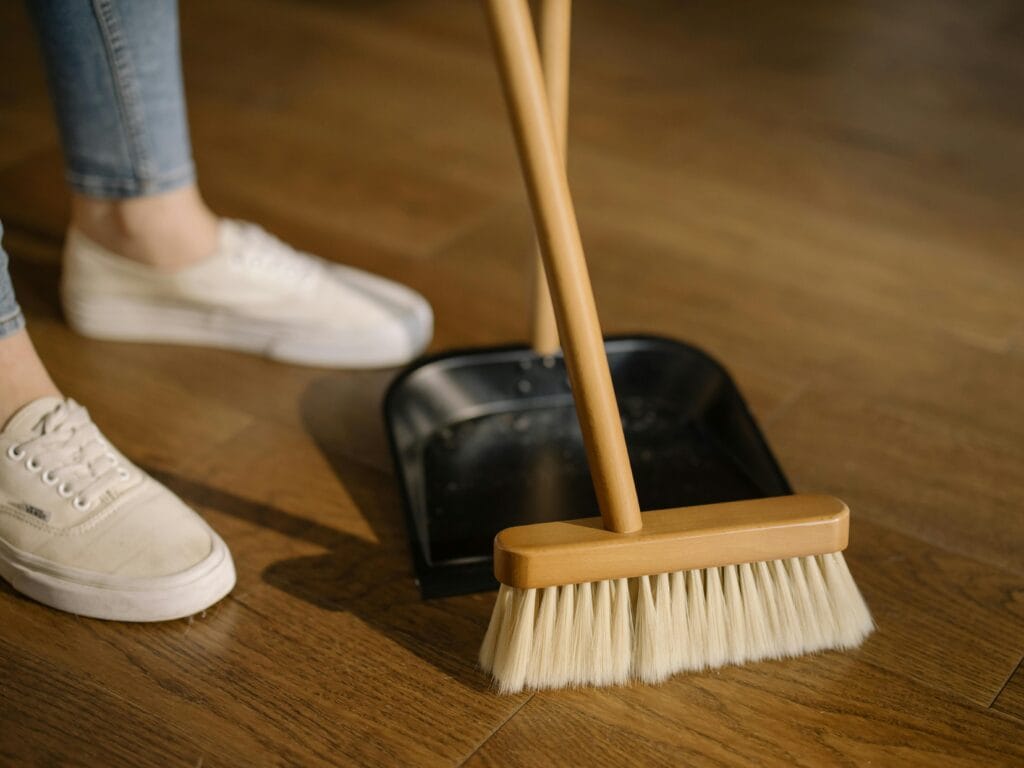
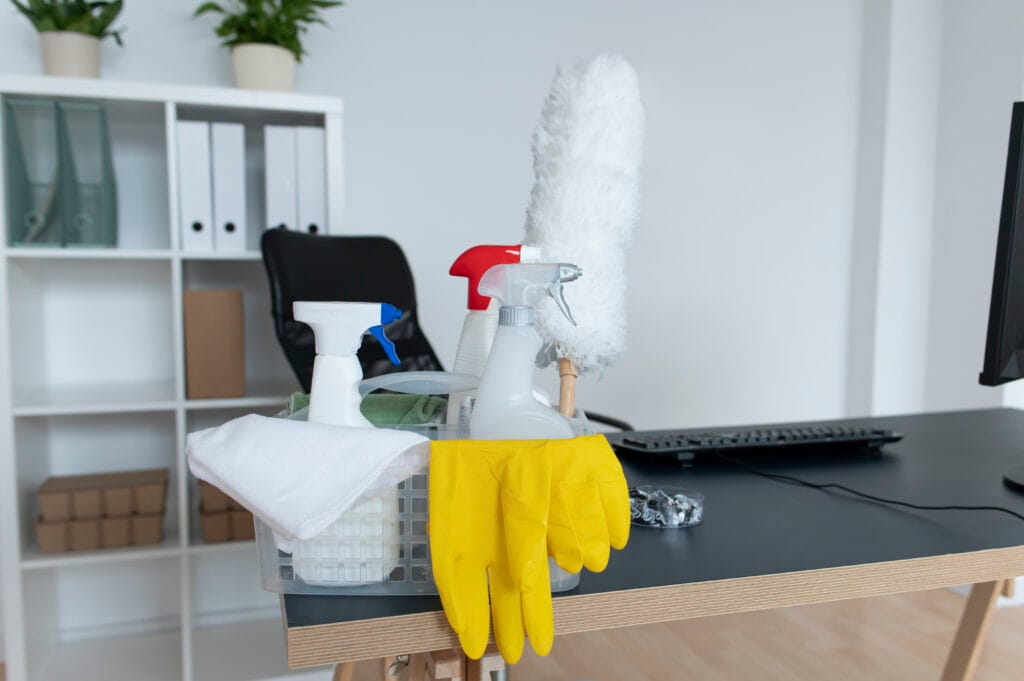
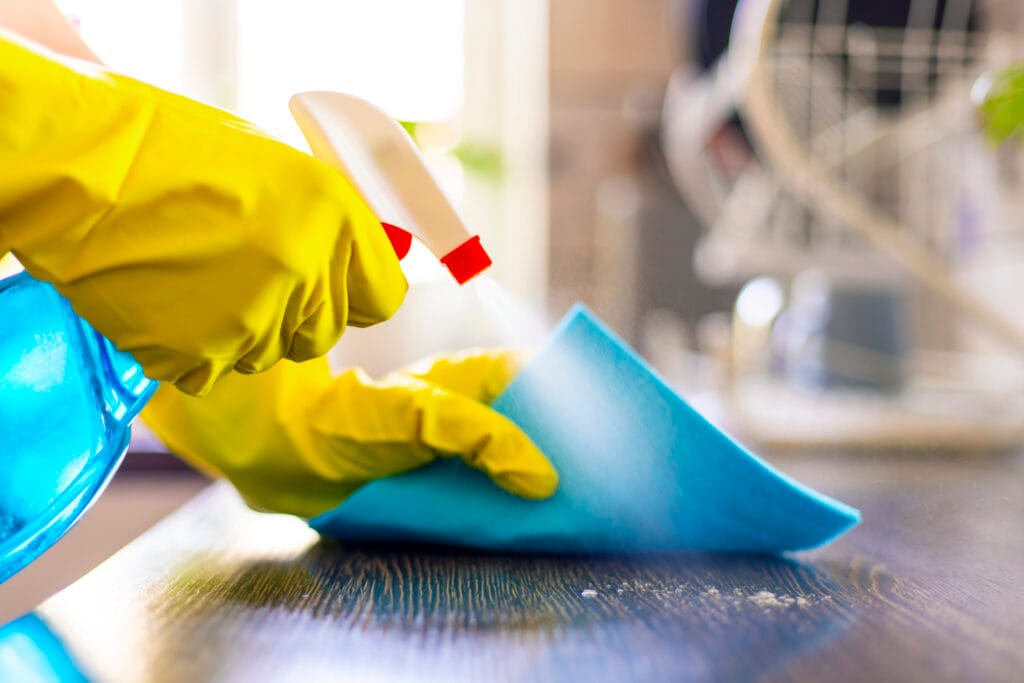
Safety Precautions for Final Cleaning
Safety should always be a top priority during final cleaning in construction. The presence of hazardous materials, sharp objects, and uneven surfaces can pose significant risks to cleaners. Therefore, it is essential to equip all personnel with appropriate personal protective equipment (PPE), including gloves, masks, goggles, and sturdy footwear.
This protective gear helps minimize the risk of injury while ensuring that workers are safeguarded against exposure to harmful substances. Additionally, it is crucial to be aware of potential slip and fall hazards during the cleaning process. Wet floors from mopping or spills can create dangerous conditions if not properly marked or managed.
Using caution signs and ensuring that all areas are dry before allowing foot traffic can help mitigate these risks. Furthermore, training staff on safe lifting techniques and proper handling of cleaning chemicals is vital in maintaining a safe working environment throughout the final cleaning phase.
Cleaning Checklist for Builders
A comprehensive cleaning checklist is an invaluable tool for builders during the final cleaning process. This checklist should cover all areas of the jobsite, ensuring that no detail is overlooked. Key items typically include dusting all surfaces, including light fixtures and baseboards; vacuuming carpets; mopping hard floors; and cleaning windows inside and out.
Each item should be checked off as it is completed to maintain accountability and ensure thoroughness. In addition to general cleaning tasks, specific attention should be given to high-touch areas such as doorknobs, light switches, and countertops. These areas require extra sanitization to eliminate germs and ensure a healthy environment for future occupants.
The checklist should also include tasks related to outdoor spaces, such as removing debris from patios or walkways and ensuring that landscaping is tidy. By following a detailed checklist, builders can guarantee that every aspect of the jobsite is clean and ready for turnover.

Tips for Efficient Final Cleaning
Efficiency is key when it comes to final cleaning in construction. One effective strategy is to develop a systematic approach by dividing the jobsite into sections and tackling one area at a time. This method not only helps maintain focus but also allows cleaners to see progress as they complete each section.
Additionally, using a team-based approach can significantly speed up the process; assigning specific tasks to different team members ensures that all areas are addressed simultaneously. Another tip for efficient final cleaning is to utilize time wisely by taking advantage of any downtime during the project. If certain areas are completed ahead of schedule, cleaners can use that extra time to tackle additional tasks or perform touch-ups in other areas.
This proactive approach minimizes wasted time and maximizes productivity throughout the final cleaning phase.
Common Challenges in Final Cleaning
Final cleaning in construction often presents several challenges that can complicate the process. One common issue is dealing with stubborn stains or residues left behind from construction materials such as paint or adhesive. These substances may require specialized cleaning solutions or techniques to remove effectively, which can prolong the cleaning process if not anticipated in advance.
Another challenge is coordinating with various subcontractors who may still be on-site during the final cleaning phase. Their presence can create obstacles in accessing certain areas or completing tasks efficiently. Clear communication with all parties involved is essential to mitigate these challenges; scheduling cleaning sessions during off-hours or when fewer workers are present can help streamline the process.
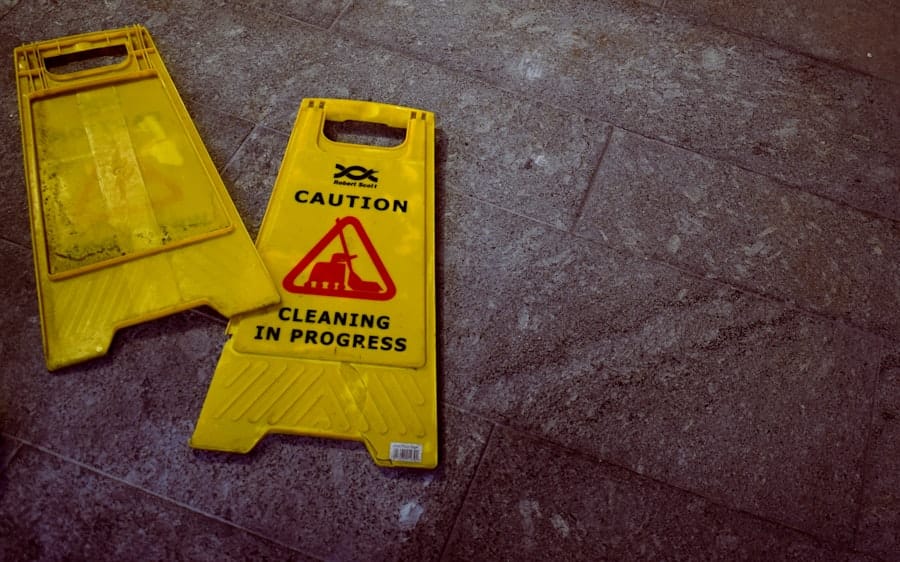
Hiring a Professional Cleaning Service
For many builders and property managers, hiring a professional cleaning service can be an advantageous decision during the final cleaning phase. Professional cleaners bring expertise and experience that can enhance the quality of the clean while saving valuable time for construction teams. They are equipped with specialized tools and eco-friendly products that ensure a thorough clean without compromising safety or environmental standards.
Moreover, professional services often have established protocols for handling various challenges that may arise during final cleaning. Their familiarity with common issues allows them to address problems quickly and efficiently, ensuring that the jobsite is turnover-ready without unnecessary delays. By outsourcing this critical task, builders can focus on other aspects of their projects while ensuring that cleanliness meets high standards.
Environmental Considerations in Final Cleaning
In today’s environmentally conscious world, it is essential for builders and property managers to consider sustainability during final cleaning processes. Utilizing biodegradable cleaners not only protects the health of workers but also minimizes environmental impact by reducing harmful chemical runoff into local ecosystems. Many modern cleaning products are designed to be effective while being safe for both people and the planet.
Additionally, implementing waste reduction strategies during final cleaning can further enhance environmental responsibility. This includes recycling materials whenever possible and properly disposing of hazardous waste according to local regulations. By prioritizing eco-friendly practices in final cleaning, builders can contribute positively to sustainability efforts while appealing to environmentally conscious clients.
Final Inspections and Quality Control
Once final cleaning has been completed, conducting thorough inspections is crucial to ensure quality control before turnover. This step involves reviewing each area against a predetermined checklist to confirm that all tasks have been completed satisfactorily. Any deficiencies should be noted and addressed promptly before handing over the space to clients or occupants.
Quality control also includes obtaining feedback from stakeholders involved in the project. Engaging with property managers or realtors can provide valuable insights into any additional concerns or preferences they may have regarding cleanliness standards. By incorporating this feedback into future projects, builders can continuously improve their final cleaning processes and enhance client satisfaction.
Benefits of a Clean and Turnover-Ready Jobsite
A clean and turnover-ready jobsite offers numerous benefits that extend beyond mere aesthetics. First and foremost, it creates a welcoming environment for future occupants, which can significantly influence their first impressions of the property. A well-maintained space reflects professionalism and attention to detail—qualities that are highly valued in real estate transactions.
Furthermore, a clean jobsite contributes positively to health and safety standards by reducing allergens and contaminants that could affect occupants’ well-being. This proactive approach not only fosters a healthier living environment but also minimizes potential liability issues for builders and property managers down the line. Ultimately, investing time and resources into achieving a clean turnover-ready jobsite pays dividends in terms of client satisfaction, reputation enhancement, and long-term success in the industry.
FAQs
What is final cleaning in the context of construction?
Final cleaning in the context of construction refers to the thorough cleaning of a construction site once all the building work has been completed. This includes removing debris, dust, and any other construction-related waste to prepare the site for turnover to the client or for occupation.
What is the purpose of final cleaning in construction?
The purpose of final cleaning in construction is to ensure that the site is safe, clean, and ready for turnover to the client or for occupation. It also helps to present a professional and finished appearance to the completed project.
What are the typical tasks involved in final cleaning at a construction site?
Typical tasks involved in final cleaning at a construction site include removing construction debris, dusting and cleaning all surfaces, cleaning windows, floors, and fixtures, and ensuring that the site is free from any hazards or safety concerns.
Why is final cleaning important for a construction project?
Final cleaning is important for a construction project because it helps to ensure that the site is safe, clean, and ready for turnover to the client or for occupation. It also contributes to the overall presentation and quality of the completed project.
Who is responsible for final cleaning at a construction site?
The responsibility for final cleaning at a construction site typically falls on the general contractor or construction company. They may hire professional cleaning services or assign their own crew to complete the final cleaning tasks.

